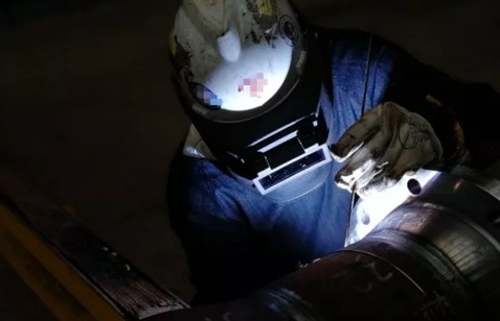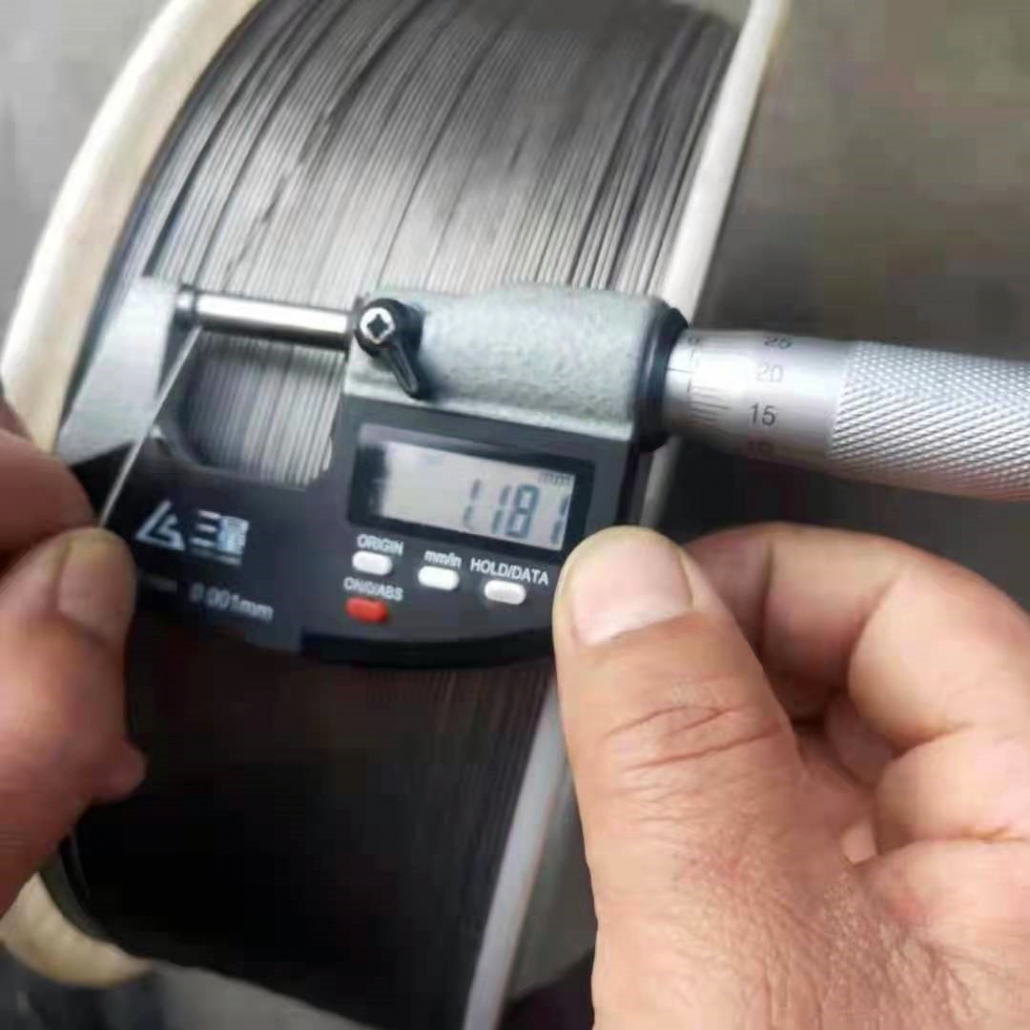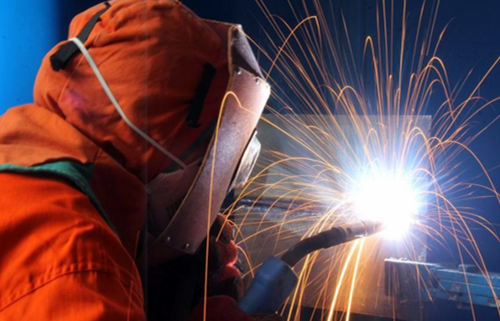The Types of Flux-cored Welding Wire
Flux-cored welding wire is more and more popular in engineering practice because of its lower comprehensive cost, faster deposition speed and less splash. According to the manufacturing process, it can be divided into seam flux-cored wire and seamless flux-cored wire. Seam flux-cored wire is a thin steel strip processed into grooves by forming rollers, involved in powder to roll into a tube and then wire drawing, finished wire need surface rust treatment. The seamless flux-cored wire is filled with powder in a pre-formed steel pipe, and then electroplated, wire drawing, can be copper plating, good performance, low cost, is the direction of future development.
According to the composition of filling powder, flux-cored welding wire can be divided into slag flux-cored wire and metal powder flux-cored wire. The former can be divided into titanium type (acid slag), titanium-calcium type (neutral or weak alkaline slag) and alkaline (alkaline slag) flux-cored wire according to slag basicity. The titanium flux-cored wire has good weld forming and all-position welding operability, but the notch toughness, crack resistance is slightly poor, on the contrary, alkaline flux-cored wire notch toughness, good crack resistance, but poor appearance, molding and weld operation.
The property of Titanium-calcium flux-cored wires is in between and is rarely used today. In recent years, the new titanium flux-cored wire not only has good welding technology but also has low diffusion hydrogen content and excellent impact toughness. Metal powder flux-cored wire has the characteristics of low slag (little slag production), good crack resistance, and has good welding performance with titanium flux-cored wire, its welding efficiency is higher than titanium flux-cored wire.
Flux-cored wire can be used for welding low carbon steel, low alloy high strength steel, low-temperature steel, heat resistant steel, stainless steel and wear-resistant surfacing and other steel structures, the most commonly used include:
- Low carbon steel and high strength steel flux cored wire
Most of the titanium slag welding wire, good welding process, high productivity, mainly used for shipbuilding flux-cored wire, bridge, construction, vehicle manufacturing and other flux-cored wire with a tensile strength of 490MPa and 590Mpa.
- Stainless steel flux cored wire
There are more than 20 kinds of stainless steel flux cored wire, in addition to Cr-Ni stainless steel flux cored wire, and Cr stainless steel flux-cored wire. The diameter of welding wire is 0.8, 1.2, 1.6mm, etc., which can be used to weld stainless steel sheets, medium plate and thick plates. The shielding gas is mostly CO₂ but also can be a mixture of Ar+ (20%~50%) CO₂.
- Wear-resistant surfacing flux-cored wire
A certain amount of alloying elements is added into the drug core in order to increase the wear resistance or make the metal surface obtain some special properties. Or by adding alloy elements into sintered flux, the surfacing layer of the corresponding components can be obtained after surfacing. It can be matched with solid core or flux-cored wire to meet different surfacing requirements.
The available protective gases are CO₂ and Ar+CO₂ mixture gas for flux-cored wire, the former used for the general structure. Therefore, according to the shielding gas, flux-cored wires can be divided into gas shielded flux cored wires and self-shielded flux-cored wires, that is, welding wires that can be arc welded without shielding gas or flux. Common gas shielded flux cored wires are AWS A5.29/5.28 E71T1-C(M), E81T1-K2, E81T1-NI1, E91T1-K2, E101-K3, E111T1-K3, E80C-G, E90C-G, E110C-G, etc. (general diameter 1.2mm-1.6mm). Self-shielding flux-cored welding wire is to put powder and metal powder as slagging, gas making and deoxidation or coated on the surface of the welding wire. During welding, the powder becomes slag and gas under the action of arc and plays slagging and gas making without gas protection. Self-protection flux-cored wire deposition efficiency is higher than electrode obviously, usually under four wind welding, suitable for outdoor or aerial work, mainly used for low carbon steel welded structure, should not be used for welding of high strength steel, and other important structures, it is worth noting that the self-protection welding wire soot is bigger, ventilated and air change is needed when working in confined space.
At present, there is no unified standard for the classification of flux-cored wire. According to the type and droplet transition form of flux-cored wire, most countries generally divide flux-cored wire into titanium flux-cored wire, alkali flux-cored wire, metal powder flux-cored wire and self-protection flux-cored wire.





